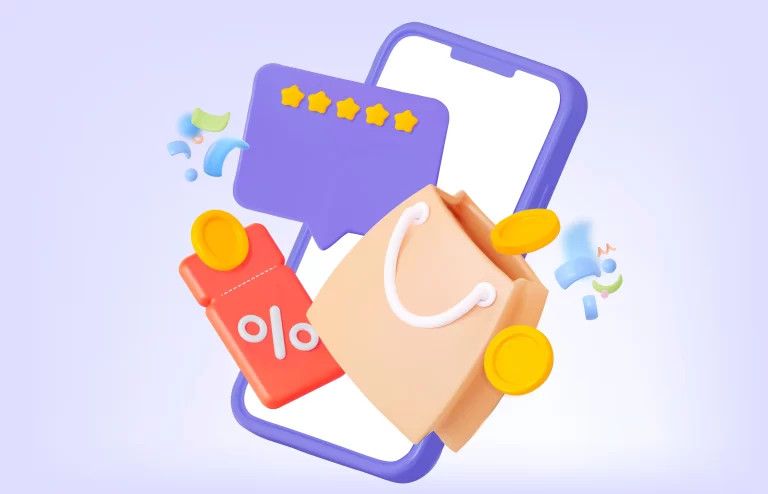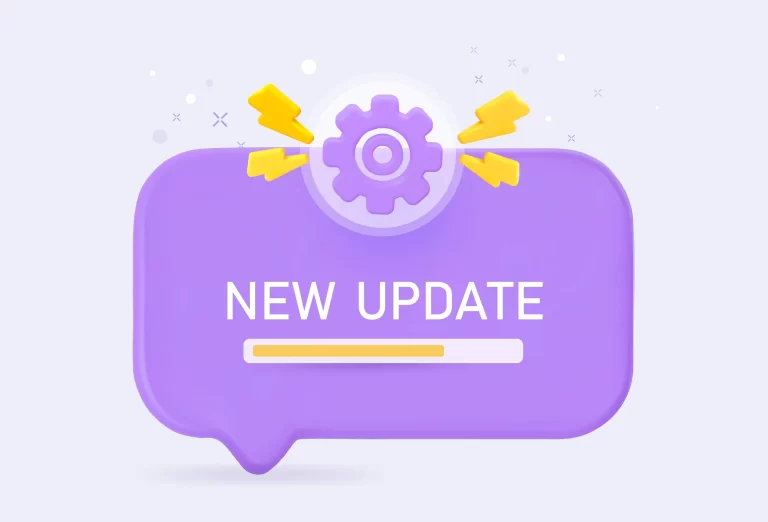What are the differences between Open-Ended and Closed-Ended Questions?
Ever found yourself scratching your head over whether to use open-ended or closed-ended questions in your surveys? You’re definitely not the only one! Each type brings its own flavor to the table. Today, let’s dive into the world of questions and discover which style might be the perfect fit for your next survey adventure.
First, let’s look at Open-ended questions!
What’s an open-ended question?
Open-ended questions allow respondents to answer in their own words, offering a deeper insight into their thoughts and feelings. The benefits? You can capture rich, qualitative data that provides context and understanding. This type of question fosters creativity and can reveal unexpected insights that predefined options might miss. However, analyzing open-ended responses can be time-consuming, and the data may be harder to quantify or compare. It’s all about balance and understanding your survey’s objectives! So to summarize the benefits of open-ended questions:
- Provide more details
- Offer qualitative data
- Access to unexpected situations and thoughts
- Authentic insights from participants
- More engaging
An example of an open-ended question would be “What are your thoughts on the recent changes made to the company’s work-from-home policy?” Here, respondents aren’t confined to predefined choices, allowing them to express themselves freely and offer nuanced feedback.
Now that you know what are open-ended questions, let’s dive into the world of closed-ended questions!
What’s a closed-ended question?
Closed-ended questions limit respondents to specific, predetermined choices, ensuring a uniform approach to data collection. This format promotes clarity, simplifying both respondent input and subsequent data analysis. While effective for quantitative insights, closed-ended questions may miss the richness and subtleties of individual opinions, which open-ended questions often capture. The main benefits of using closed-ended questions are:
- Best option for quantitative data
- Provide clear-cut metrics
- Quicker to answer for survey participants
- Easier to compare answers
- Help clarify respondents’ thoughts
A good example of a closed-ended question is “Would you rather have a car or a jeep?” Here, there are only two options, facilitating a straightforward and easily quantifiable response.
As you may have understood by now, there isn’t a one-size-fits-all question type for your surveys; the best choice hinges on your objectives and desired outcomes. Setting clear goals, objectives, and identifying the right metrics are extremely important in designing your surveys. Therefore, investing time in thoughtful survey design, tailored to your specific needs and audience, can greatly enhance the effectiveness and utility of your research efforts.
FingeRate: Capture Your Visitors’ Emotion
At GG56, we’ve crafted two survey solutions designed to provide real-time insights into your visitors and collaborators. Whether they use their smartphones or our seamless contactless survey system. Dive deep into invaluable insights to elevate your understanding. Read more about FingeRate on the FingeRate website.








 Marsha Vande Berg
Marsha Vande Berg Sir David Wright
Sir David Wright 한승수
한승수 Abdulrahmaan Murtadha Al Ansaari
Abdulrahmaan Murtadha Al Ansaari
 Pablo Bereciartua
Pablo Bereciartua Ben Shenglin
Ben Shenglin Loic Fauchon
Loic Fauchon Om Prakash Bhatt
Om Prakash Bhatt Louis Cheung
Louis Cheung Jan Kavan
Jan Kavan Ching Man Ho
Ching Man Ho Chairul Tanjung
Chairul Tanjung Suh Nam Pyo
Suh Nam Pyo Subin Pinkayan
Subin Pinkayan